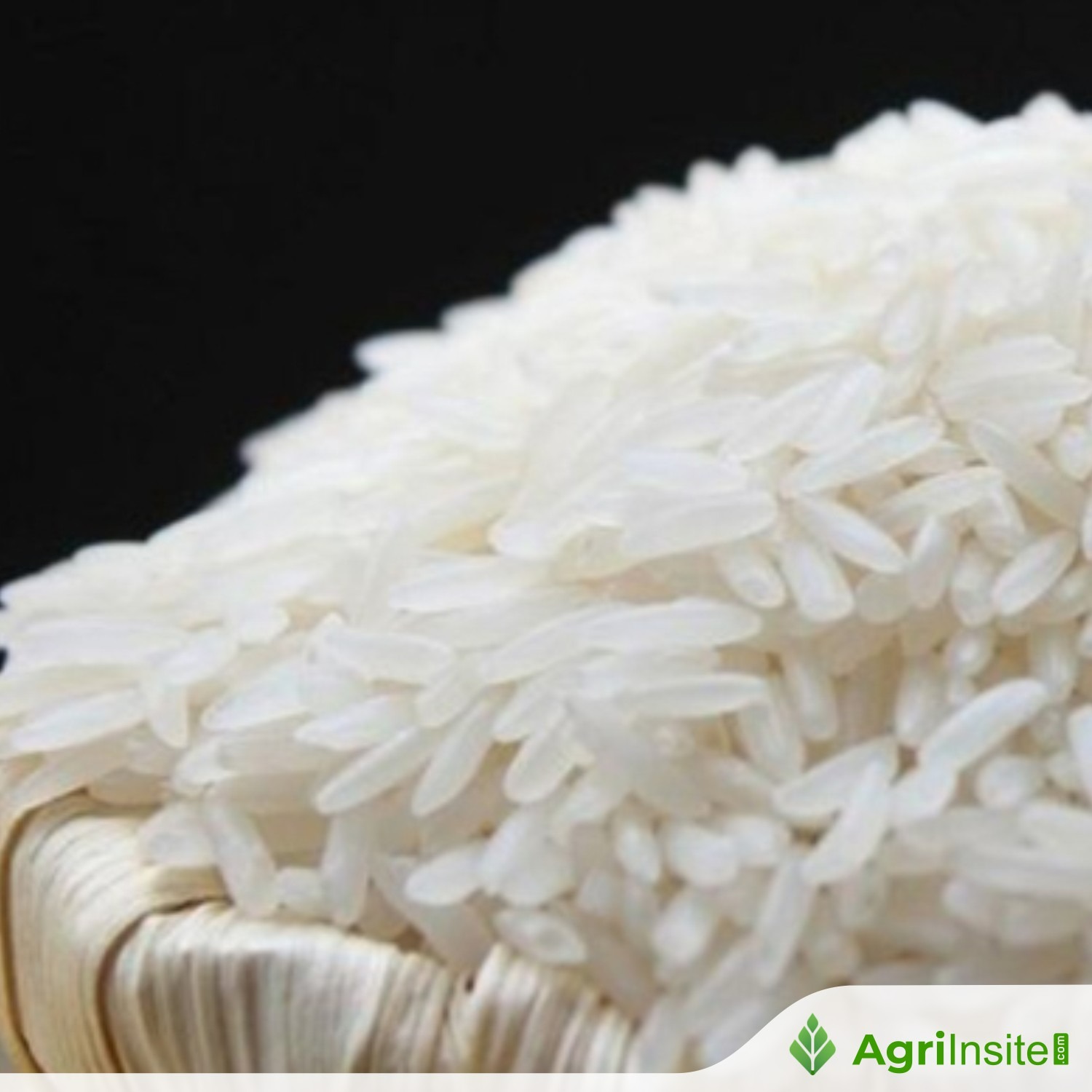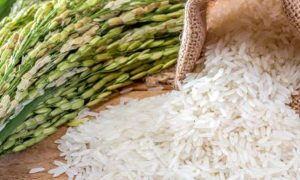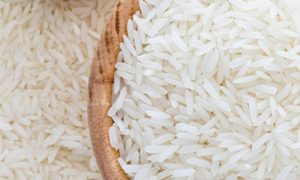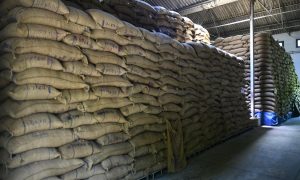Philippines : MSRP of imported rice should be P51 not P58 per kilo

The Department of Agriculture’s suggested retail price of P58 per kilo for imported rice has faced criticism for being too high. Experts argue it should be closer to P51, given the landed cost of P35 to P39 per kilo. Lawmakers demand reforms to prevent profiteering and ensure fair pricing for consumers.
The decision to set a maximum suggested retail price (MSRP) of P58 per kilo for imported rice is not just alarmingly high—it is an affront to the intelligence of every Filipino consumer. This price, recommended by the Department of Agriculture, has drawn immediate scrutiny from lawmakers and experts alike, who have rightfully questioned its validity in light of current market conditions. In an interview with this columnist over Radyo Pilipino , Former Agriculture Secretary and Federation of Free Farmers Chairman Leonardo Montemayor was unequivocal: this MSRP, he said , should be closer to P51.
The stark difference lays bare serious concerns about the integrity of pricing in the rice industry. What is particularly infuriating is the apparent ignorance of policy makers regarding the real costs associated with rice production and distribution. Recent data highlights that the actual landed cost of imported rice ranges between P35 and P39 per kilo. Even after accounting for logistics, packaging, and reasonable mark-ups, it is difficult to comprehend how the DA arrives at a maximum price of P58. In fact, many argue that even accounting for these factors, rice prices in retail should not exceed P49 per kilo. How does the DA justify such inflated figures when the realities of supply chain economics suggest otherwise?
Moreover, the fact that Congressmen themselves have been vocal about their disbelief at the proposed P58 MSRP underscores a shared frustration over government incompetence in managing one of the nation’s most vital food sources. Rep. Joey Salceda aptly stated, “Diyos ko ang taas nun (My God that’s so high),” echoing the sentiment of countless Filipino families struggling to put food on the table. Article continues after this advertisement
Montemayor’s proposition of imposing a maximum suggested profit margin instead of a maximum retail price makes perfect sense. Why are we continuously punishing consumers at the retail end rather than targeting the root of the issue—the importers and wholesalers who, according to reports, are pocketing an estimated P 13.5 B in windfall profits? Allowing less than twenty major players to control the bulk of rice imports while benefiting from reduced tariffs and high retail prices is tantamount to putting profits over people. This is a classic case of government failing to hold powerful entities accountable, further entrenching inequality in the system.
The government needs a wake-up call. Structural reforms are desperately needed in the rice supply chain to ensure not just lower prices but also that ordinary consumers aren’t exploited by profiteers. The time has come to demand a transparent pricing framework that prioritizes consumers and farmers alike.
In light of these discussions, it is crucial for the Committee on Food Security to act decisively. There must be accountability for those responsible for setting these ludicrous prices. If we continue down this path, we risk alienating the very citizens whose needs we purportedly seek to serve. A P58 per kilo cap on rice is not merely impractical—it is a betrayal of every Filipino trying to secure basic sustenance for their families. We must advocate for sensible pricing that accurately reflects the realities of the marketplace, protecting both consumers and supporting our local agricultural sector. Only then can we hope to build a sustainable framework that serves everyone equitably.
To read more about Rice News continue reading Agriinsite.com
Source : Inquirer















